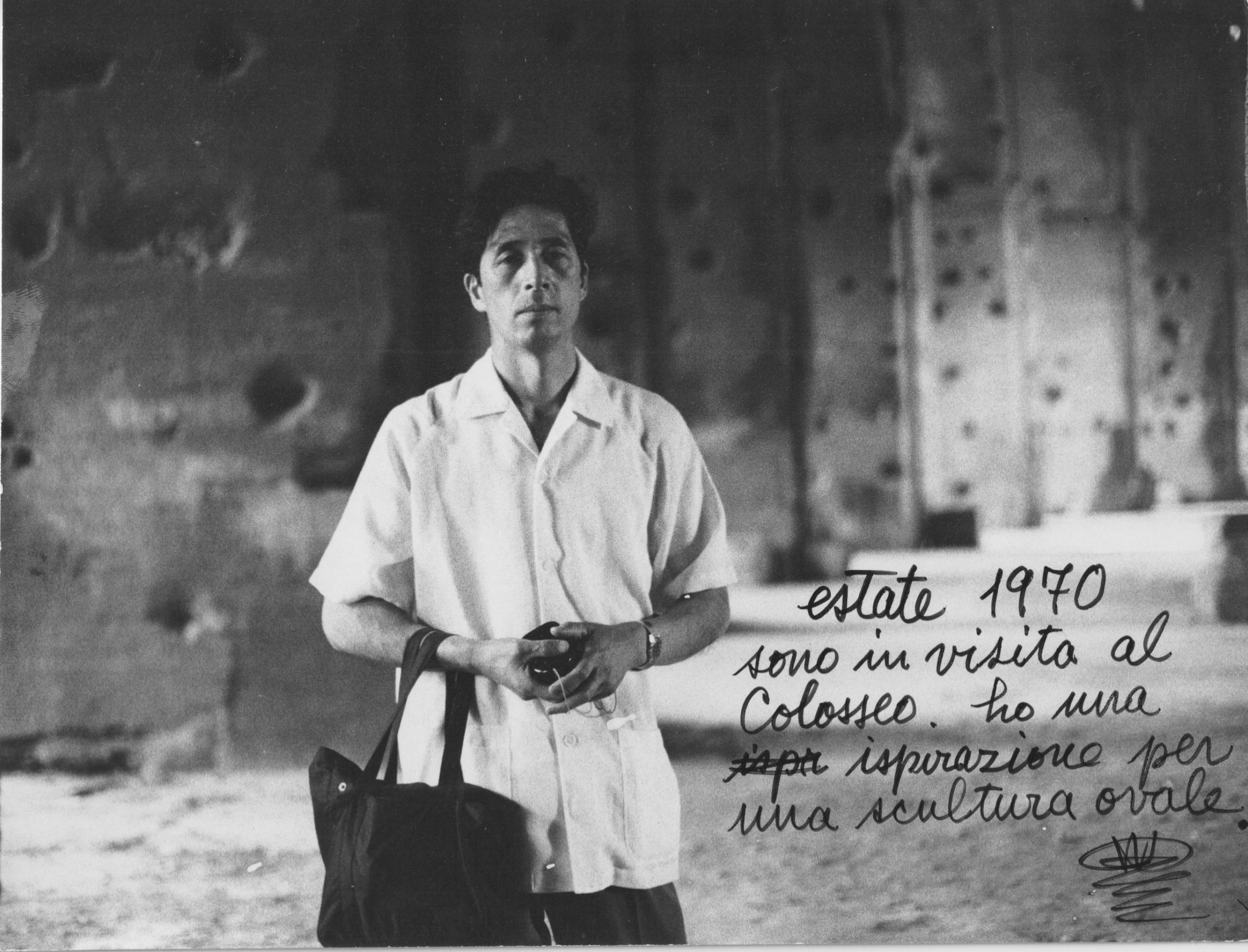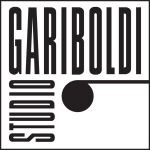Tomonori Toyofuku was a Japanese sculptor born in Kurume in 1925. In 1942 he moved to Tokyo to study Japanese literature at Kokugakuin University, but was forced to interrupt his studies when he was drafted into the army during the war. After the conflict, abandoning literary studies, he entered the atelier of the Buddhist wooden-sculpture master Chōdō Tominaga, and from 1950 began exhibiting figurative works—also influenced by contemporary European developments—at the Shinseisaku Kyōkai (New Creation Association). He received several awards, including the Kotaro Takamura Prize, and following these early successes, in 1960 he held a solo exhibition at Tokyo Gallery and took part in the Venice Biennale, where his sculptures were acquired by Peggy Guggenheim and the Museum of Modern Art in New York.
On that occasion, the Milanese gallerist Enzo Pagani invited him to remain in Italy to prepare a solo exhibition. Toyofuku decided to settle in Milan, where he came into contact with many artists, including the young Enrico Castellani and Piero Manzoni, as well as Lucio Fontana. The Milanese environment encouraged a decisive shift in his work towards abstraction, and at his first Italian solo exhibition in 1962 he presented wooden surfaces pierced by holes—an element that would become emblematic of his spatial research. Supported by the Galleria del Naviglio, he took part in numerous exhibitions of international importance, including the Carnegie International (Pittsburgh, USA, 1964, 1967, 1970), the Venice Biennale (1964), and the São Paulo Biennale (1965). He was also invited to many exhibitions of Japanese artists both in Japan and abroad.
In the 1970s he returned to a spare, essential figuration, also visible in the large sculpture Deriva 77 installed at the Kitakyushu Municipal Museum of Art—a line of research that coexisted with his abstract explorations. From 1979 he served as a professor at Kyushu Sanyo University and travelled regularly to Japan.
Throughout his career he created numerous monumental sculptures, including works installed at the Rotterdam concert hall (1966), the Tokyo National Museum of Modern Art (1968), the Kitakyushu Municipal Museum of Art (1977), Kurume City Park (1983), and the Port of Fukuoka (1996).
He returned permanently to Japan in 2003.
His works are held in public and private collections across Europe, the United States, and Japan. The most important public collection is at the Fukuoka Prefectural Museum of Art, which dedicated a major monographic exhibition to him in 2022.
He died in Fukuoka in 2019.

© Giorgio Cardazzo


